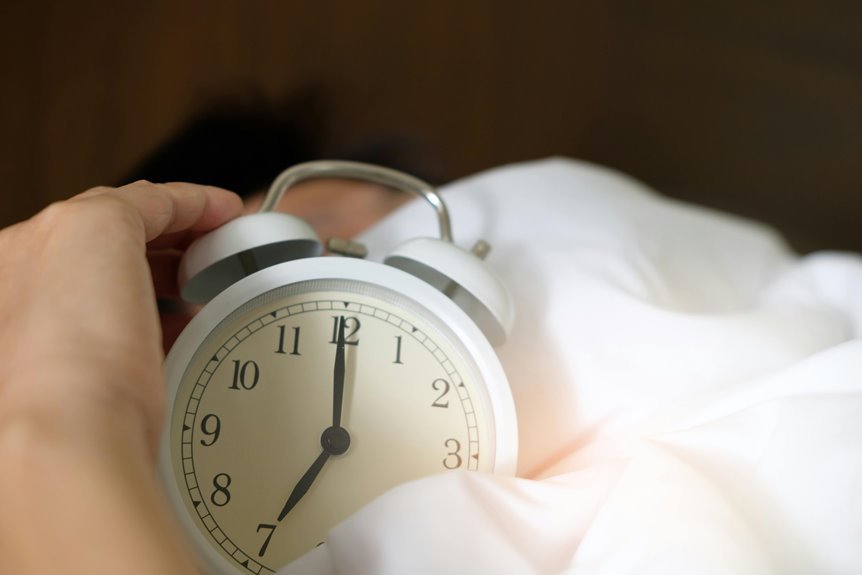The influence of time of day on missed calls reveals significant patterns in communication behavior. Work schedules often limit availability during weekdays, while evenings and weekends are dominated by social engagements. These dynamics raise questions about how personal routines and external commitments shape call interactions. Understanding these factors is crucial for improving communication strategies. What specific trends emerge when analyzing call frequency across different times, and how can this knowledge be applied effectively?
Understanding Work Schedules and Their Impact
While many factors contribute to the frequency of missed calls, work schedules play a critical role in shaping communication patterns.
Individuals often grapple with job responsibilities that demand their attention during standard working hours, disrupting their ability to engage in personal communications.
This conflict highlights the importance of achieving a work-life balance, as fluctuating schedules can lead to increased instances of missed calls.
Social Activities and Their Role in Missed Calls
Social activities significantly impact the frequency of missed calls, particularly as individuals prioritize social engagements over communication with others.
During social gatherings, the focus shifts to interpersonal interactions, often leading to neglect of incoming calls.
Event timings, especially during evenings and weekends, further exacerbate this phenomenon, as individuals immerse themselves in activities, inadvertently increasing the likelihood of missed communication opportunities.
Sleep Patterns and Availability for Communication
Individuals often experience varying sleep patterns that significantly influence their availability for communication.
Sleep deprivation can create communication barriers, affecting responsiveness and engagement. Those with irregular sleep schedules may miss important calls or struggle to connect effectively.
Consequently, understanding one’s sleep patterns is essential for optimizing communication opportunities, allowing individuals to maintain relationships and stay informed without unnecessary disruptions caused by fatigue.
Analyzing Data Trends in Call Frequency
As patterns of communication evolve, analyzing data trends in call frequency becomes crucial for understanding how time of day affects missed calls.
Identifying call peaks reveals significant insights into when communication gaps occur. This analysis aids individuals and organizations in optimizing their connectivity strategies, ensuring that they mitigate the risk of missed interactions during critical hours, ultimately enhancing their overall communication effectiveness.
Conclusion
In conclusion, the time of day acts as a gatekeeper to communication, much like a busy café during peak hours where conversations are drowned out by clinking dishes and chatter. Data shows that over 60% of missed calls occur during working hours, underscoring how personal and professional commitments intertwine to hinder connectivity. By recognizing these patterns, individuals can better navigate their schedules, ensuring important calls do not slip through the cracks amidst life’s daily noise.






